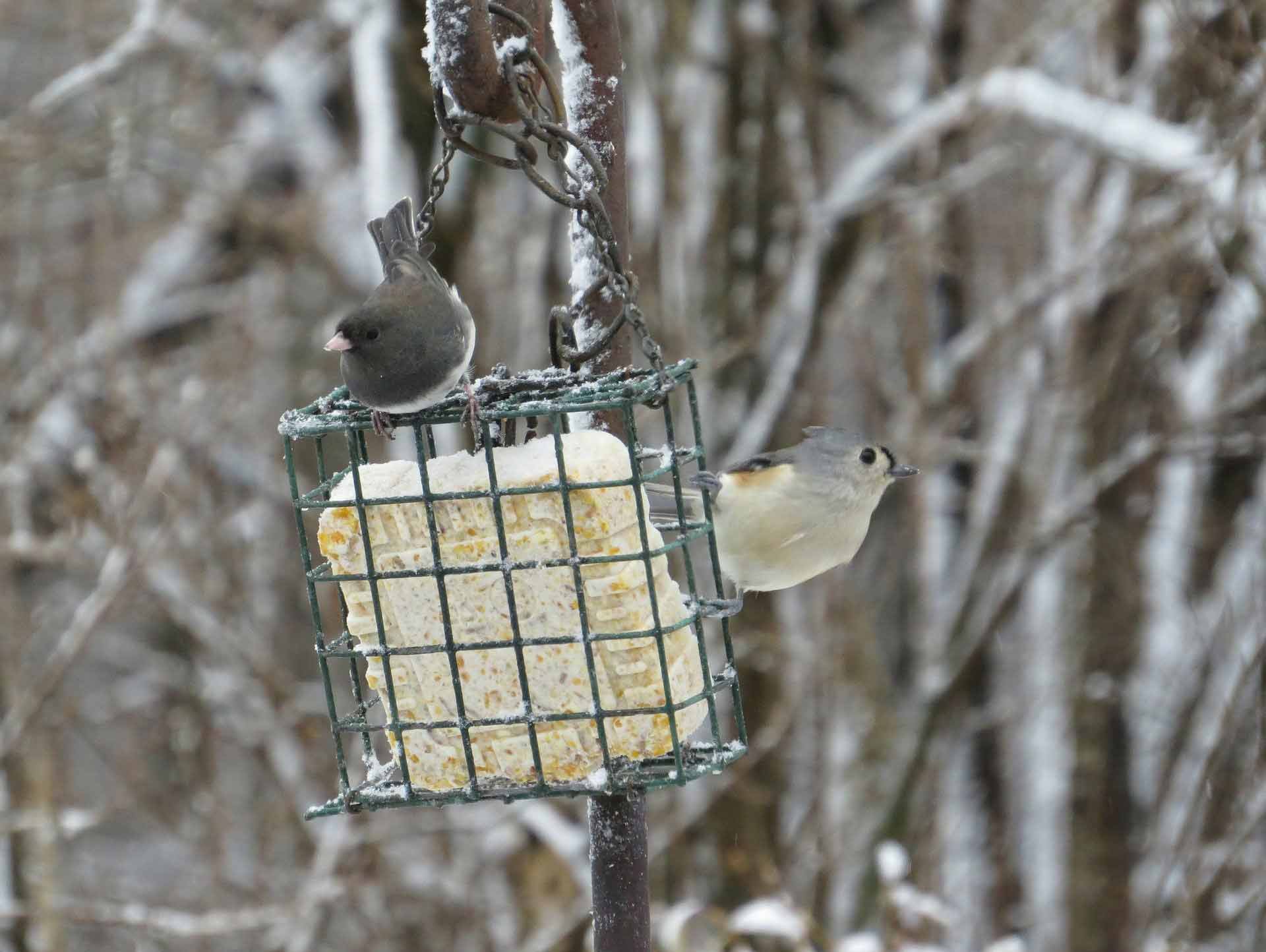This post first published on Care2.com

We enjoy watching wildlife dine at our feeders all winter, and it’s such an honor when some birds decide to raise their brood in the nesting boxes we build from recycled materials. This post offers five ways to attract birds to backyard nesting boxes.
Providing nesting boxes is important, say experts at the Cornell Lab of Ornithology, because for many species of birds there’s a shortage of great places to nest. While most birds choose their nesting locations in the spring, it’s never too late to attract birds to your backyard nesting boxes.
Many birds have more than one brood per season and may switch to a new box to raise their second or third broods. In addition, if a bird is unsuccessful in raising its first brood due to a predator, it may be very happy to take advantage of a new box hanging somewhere else on your property.
HERE ARE FIVE WAYS TO ATTRACT BIRDS TO YOUR BACKYARD NESTING BOXES.
1. Location, location, location
Every species of birds has a different habitat requirement. If you choose the right location, you will have the best chance of attracting the type of bird you’re hoping for.
Experts at Birds and Blooms Magazine say that the best location for a bluebird house is an area facing or surrounded by open fields where insects they eat and feed to their young are plentiful. Chickadees, on the other hand, prefer their houses to be located in a cluster of small trees or in a shrubbery.
House wrens are attracted to boxes hanging from small trees in an open yard, and purple martins prefer housing to be placed in open fields or lawns with clear flyways.
If you want to attract tree swallows, and you have a body of water in or near your yard, then you’re in luck. These birds like to nest close to water where they can find aquatic insects to feed to their young.
2. Consider the style of your nesting box
In general, say Birds and Blooms experts, small birds need small houses and big birds will look to the larger backyard nesting boxes, but each species have desires beyond the size.
For example, purple martins like to nest in groups and are attracted to condo-style housing. These community homes should have at least four cavities with between six and 12 being ideal.
Bluebirds look for single room nest boxes, which can be about 50 to 75 yards apart. Unlike the bluebirds, house wrens prefer to live in small single houses away from other nesting boxes.
While commercial nesting boxes come in a wide variety of colors and designs, bird experts caution that it’s best to keep the boxes simple, not stylish.
In addition, experts at the Cornell Lab of Ornithology say that a perch is unnecessary for backyard birds. In fact, perches can help predators gain access to the nest. We learned this the hard way when last year a blue jay used the perch on one of our boxes to attack the babies inside. We removed all of the perches on our nest boxes and the birds still use them.

Continue reading “5 Ways to Attract Birds to Backyard Nesting Boxes”


 Picasso started out life dyed blue and raffled off as an Easter novelty, but today he is enjoying life at the Woodstock Farm Sanctuary.
Picasso started out life dyed blue and raffled off as an Easter novelty, but today he is enjoying life at the Woodstock Farm Sanctuary.


